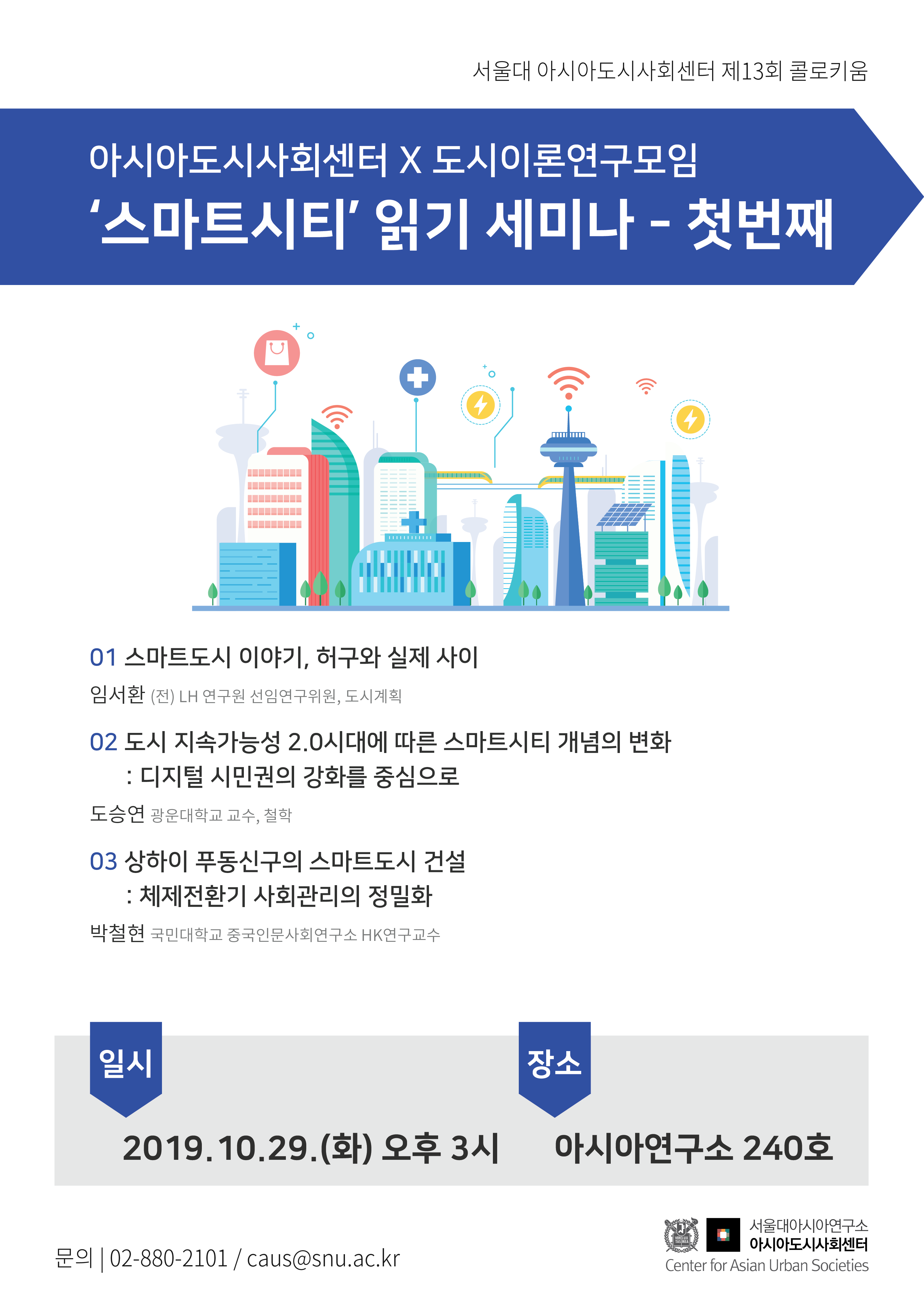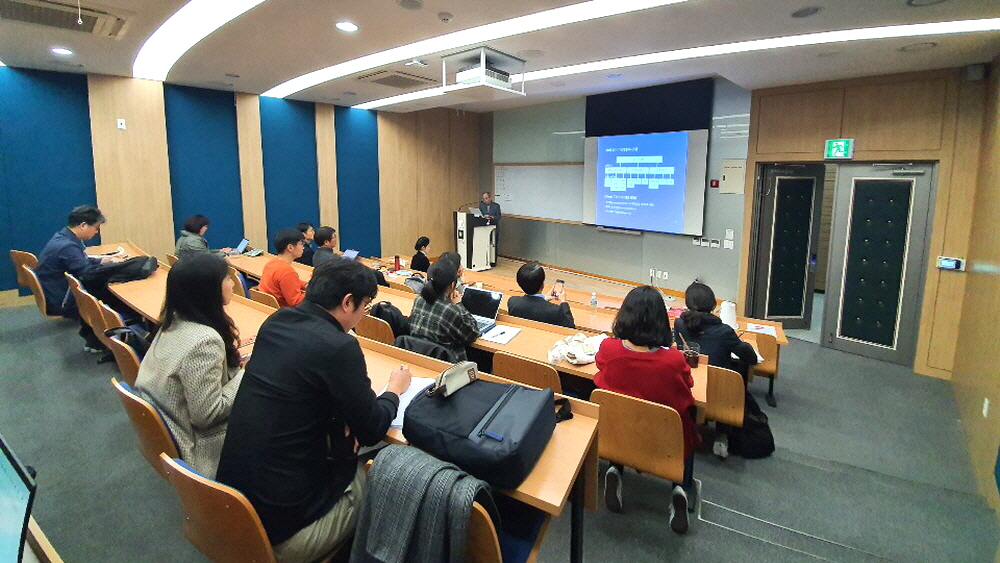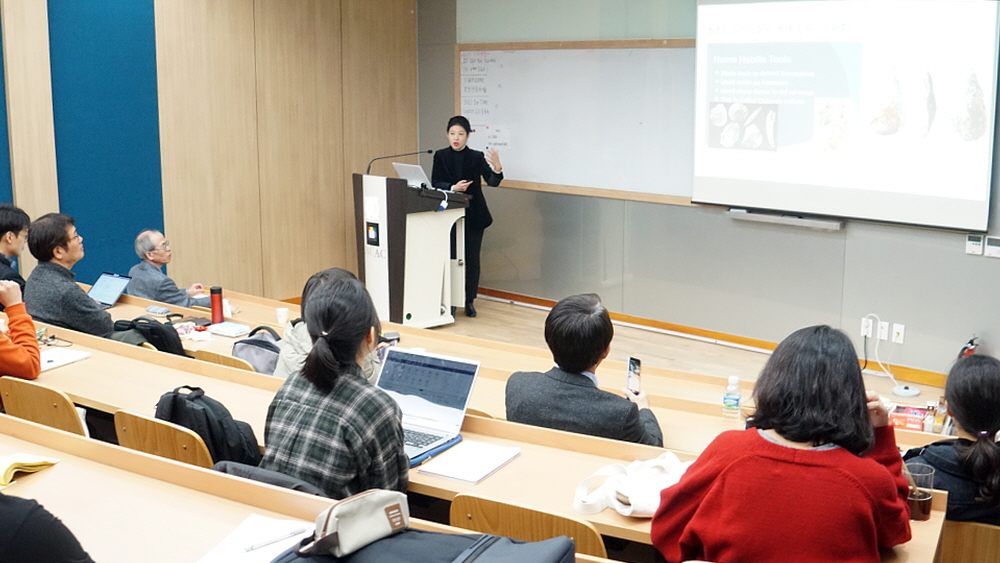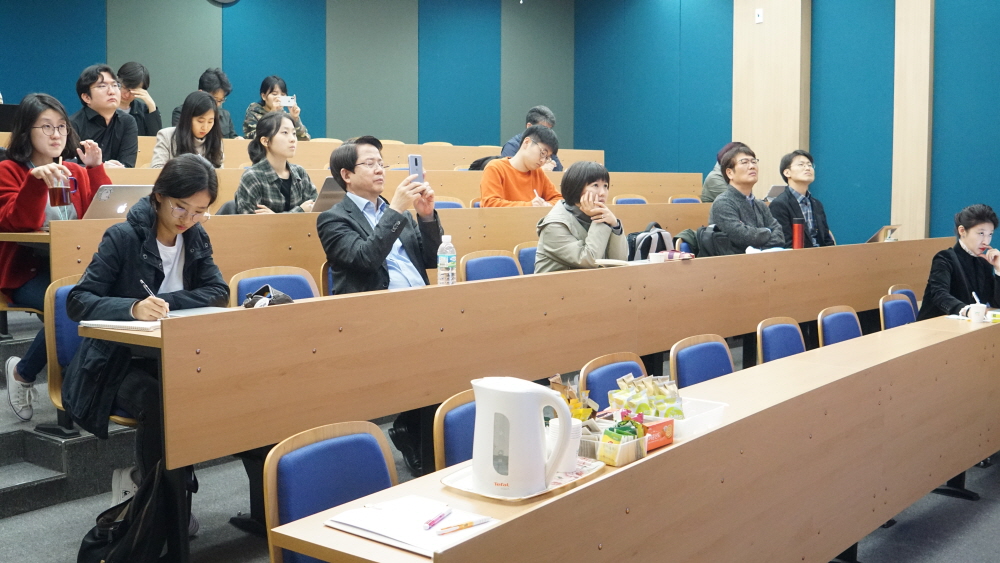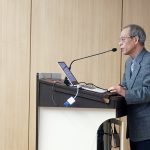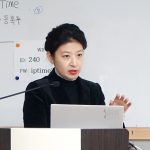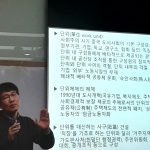‘Smart City’ Reading Seminar – 1st Session
- Date: October 29, Tuesday, 2019, 15:00 – 17:00
- Place: Room 240, SNUAC (Bldg.101)
- Speakers:
Seo-Hwan Lim (Former senior researcher of urban planning at LH Research Institute)
Seung Youn Dho (Professor in Dept. of Philosophy at Kwangwoon University)
Chulhyun Park (HK research professor at Kookmin University Center for Interdisciplinary Research on China) - Organizer: SNUAC Center for Asian Urban Society
- Inquiry: caus@gmail.com
Center for Asian Urban Societies held its 13th colloquium, <‘Smart City’ Reading Seminar – 1st Session> on October 29th. Jointly held by Urban Theory Research Group and CAUS, this event is the first of three sessions that <‘Smart City’ Reading Seminar> will consist of.
Starting with the presentation of Seo-Hwan Lim (Former senior researcher of urban planning at LH Research Institute) on ‘The Story of Smart Cities, Between Fiction and the Reality’, presentations by Seung Youn Dho (Professor in Dept. of Philosophy at Kwangwoon University) and Chulhyun Park (HK research professor at Kookmin University Center for Interdisciplinary Research on China) followed. Especially, presentations on the smart city as a relational space, progressive changes of smart city and the issue of urban sustainability, and the historical flow of urban planning and the rise of digital citizenship gained much interest among the participants.
Seo-Hwan Lim emphasized that “smart city should not be a master plan, but a product of practice by people as they learn and create how the future should look like.” He quoted Jane Jacobs, a social activist and journalist who worked with problems of regional community, urban planning, and the decline of cities: “Cities have the capability of providing something for everybody, only because, and only when, they are created by everybody.” He shared his perspective that it should not be passed over that smart cities too, like Jacobs argued, must be created by everybody.
Prof. Seung Youn Dho illuminated the definition of the smart city to be an urban model that builds new devices based on software technology such as big data, IoT, mobile and biometrics in which IT and CT are fused as ‘ICT’, and explained it from a perspective of architectural regulations on space. Also, she mentioned the merits of a relational approach to smart cities, as she presented her interpretation of the smart city’s urban model and theory with a focus on the relationality of interacting space. As the last presenter, Prof. Chulhyun Park talked about the context of building the smart city in China with Shanghai’s Pudong New Area.
Review & photos by DooWon Chang (Academic Reporter)

